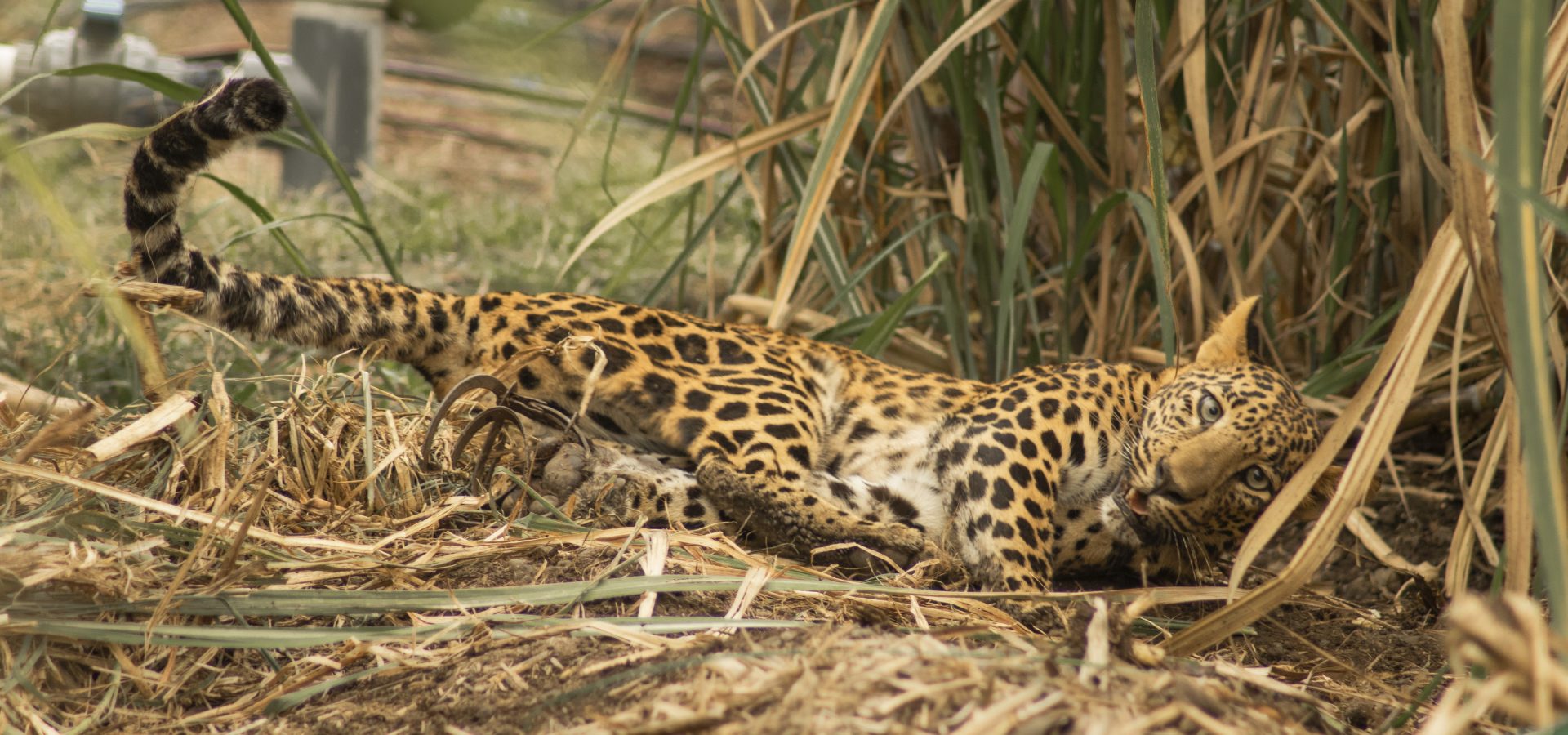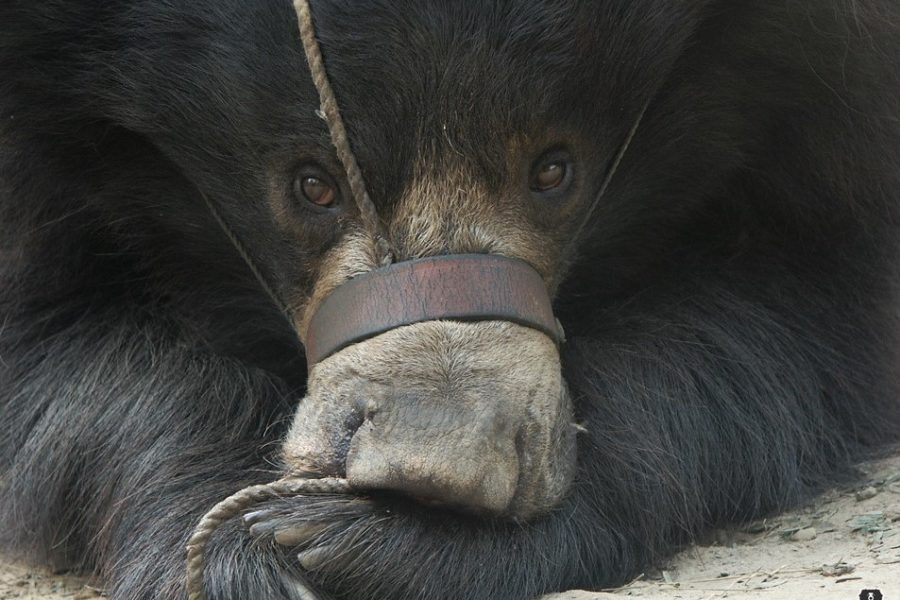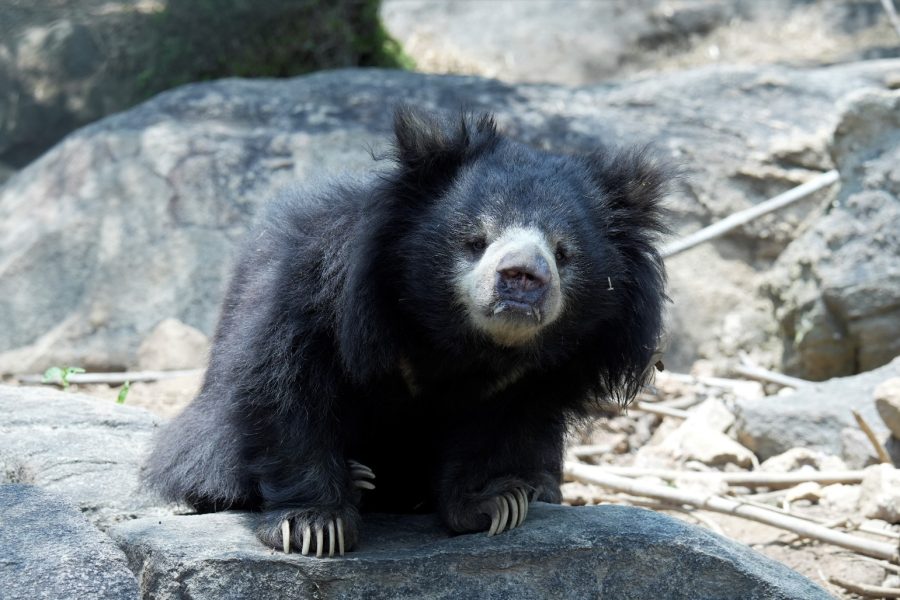The relentless exploitation of wildlife for commercial gain has become a rampant practice due to which animals are perilously close to the edge. Despite efforts to address the unsustainable and often illicit hunting of wildlife, the battle remains far from won. Whether it occurs within the boundaries of protected areas or beyond, hunting persists as a primary driver behind the decline of wildlife populations. From law enforcement to curbing demand, various strategies have been employed to tackle this issue, but the fight to safeguard wildlife continues.
Hidden in the heart of India’s sweeping landscapes lies an insidious enemy, silently stalking its prey: snares. Snares are meticulously crafted traps that are strategically placed in the wild and emerge as a serious threat to numerous animals. From sloth bears and leopards to pangolins and cobras — snares have been recorded to trap nearly 450 wild animals between 2018 and 2022 in the country.
The Practice of Hunting
Hunting has deep roots in the history of India, stretching back to ancient times around 3000 BCE. It gained momentum during the Mughal rule and the colonial periods, until the enactment of the Wildlife (Protection) Act in 1972, which prohibited the hunting of all wildlife species. Despite the ban, illegal hunting continues today, driven by motives such as recreational activities, subsistence needs, wildlife-related conflicts, and traditional ceremonies.
Animals poached from the wild often face a harsh fate, as the clutches of trade value their body parts more than their lives. Once captured, these animals are subjected to unimaginable cruelty and suffering. For some animals, their skin is being bid as a luxury item, for others, their organs are sold for traditional medicine, and certain animals are forced into the entertainment industry. Poachers from across the country have varied motivations and use numerous techniques and equipment. Multiple hunting methods have been deployed, such as using guns, snares, explosives in bait, smoking out, hunting dogs, nets, sticks, catapults, and even stoning.
What are Snares?
The deadly practice of setting up snares is one of the most common ways to poach animals. This ancient method of capturing animals has withstood the test of time, evolving into a lethal tool for poachers to feed the demand for bushmeat and wildlife parts. Crafted from ropes, wires, or brake cables, these noose-like traps are set in forests, indiscriminately ensnaring wild animals. While delicate, single-strand wire snares are used for smaller animals like hares, thicker and robust snares capture larger ones like wild pigs.
Poachers go for snare traps because of their ease of availability and usage, low costs, and lesser risk of being caught and prosecuted. Typically made using steel or nylon wires, snares are simple to build and carry. These wires are generally anchored to stationary items like trees and logs in forested areas. Once an animal triggers the snare, it tightens around its body, neck, or limbs, leaving no room for escape. The consequences are catastrophic.
Southeast Asia and Africa serve as hotspots for snaring, driven by insatiable demands for wildlife products. With an estimated 12.3 million snares scattered across protected areas in Cambodia, Laos, and Vietnam alone, the magnitude of this crisis is staggering. From the elusive Sumatran rhinos in the Leuser Ecosystem to the majestic tigers roaming Asia’s jungles, wildlife continues to fall victim to these traps.
Cases of Snaring in India
Over the past decade, India has witnessed a heart-wrenching toll on its wildlife, with a shocking number of tigers and leopards falling prey to the lethal grip of snares. According to data compiled by the Wildlife Protection Society of India, 24 tigers and 110 leopards lost their lives to these wire traps between 2010 and 2018. The states of Uttarakhand, Karnataka, and Madhya Pradesh emerged as hotspots for snare-related fatalities. Maharashtra also bore witness to the loss of five tigers, 14 leopards, and 30 other wild animals during the same period.
The danger posed by wire snares extends beyond the big cats; India has recorded a total of 446 wild animals succumbing to these traps between 2018 and 2022. While originally intended for smaller animals such as Indian hares or wild boars, larger animals are more likely to become victims to the snares. These include elephants, wild cats, foxes, wolves, hyenas, rhinos, deers, civets, pangolins, langurs, and wild boars. Even aquatic species like Gangetic dolphins and Ganges sharks, along with snakes like Indian cobras are known to have fallen prey to snares.
A study by Gubbi et al. (2021) observed a surge in snaring incidents during the monsoon season, the peak cropping period when farmers intensify efforts to protect their crops and livestock. The setting up of snares to deter herbivores from raiding crops may contribute to the higher incidence of leopards getting caught in traps during this time.
Saving Sloth Bears from Snare Traps
Wildlife SOS plays a pivotal role in rescuing animals like sloth bears ensnared in deathly traps. Among the 18 bears rescued from such a scenario, 12 bears were successfully released back into the forest, while four bears tragically lost their lives due to the grave injuries sustained in the snares. For the remaining two bears, the extent of their injuries made it impossible for them to return to the wild, so they continue to be in long-term care at the Wildlife SOS Bannerghatta Bear Rescue Centre in Karnataka.
Millie, a nearly four-year-old sloth bear residing at the centre, was one such victim of the vicious snare trap. In 2021, our team, in collaboration with the Karnataka Forest Department, saved her after she endured a severe injury on her right forelimb, resulting in the loss of her first four digits and claws. Gangrenous and septic wounds plagued her entire paw area, which meant urgent medical treatment was required. Following a thorough examination, our veterinary team performed a groundbreaking skin grafting procedure using fresh tilapia fish skin xenograft to promote wound healing.
After 14 days of consistent care, the limb showed promising progress and indicated a successful operation. Our staff at BBRC has crafted a meticulous plan for Millie’s care. They provide her with nutritious meals and regular medical check-ups. Enrichment items such as braid feeders, hammocks, and tyres, keep her physically and psychologically active.
Another sloth bear, Rose, was rescued by Wildlife SOS in 2016, when she was found in a terrible condition. The bear’s left front paw was merely a stub and medical examination later proved that she had been the unwitting victim of a vicious jaw trap. As her survival in the wild in that state was doubtful, she was brought to Agra Bear Rescue Facility for long-term care. You can support Wildlife SOS’ work towards the care of sloth bears like Millie and Rose by donating to us.





